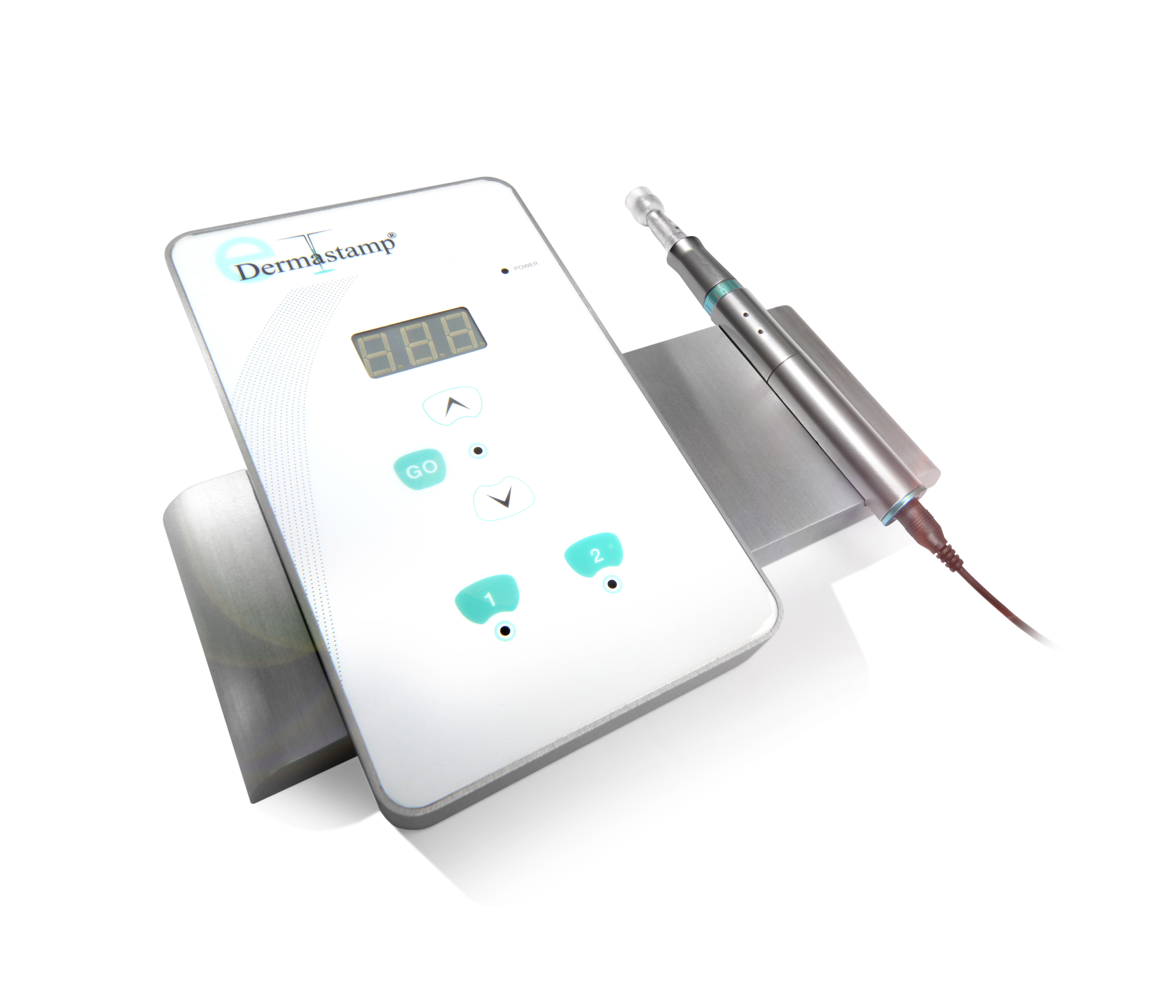One of the most exciting advancements in dermatology over recent years is the introduction and evolution of transcutaneous drug delivery methods. This innovative approach has opened new doors for the treatment of a variety of skin conditions, including keloid scarring, melasma, and vitiligo. Let’s take a closer look at this transformative technique and its impact on dermatology.
Transcutaneous drug delivery, also known as transdermal drug delivery, is a technique that allows medications to be administered through the skin. The devices employed for this technique, like lasers and microneedling, facilitate the drug’s penetration through the skin’s layers.
Lasers, specifically ablative lasers such as CO2 and Er:YAG, can create microchannels in the skin, providing a direct path for medications to enter the bloodstream. This technology allows precise control over the depth and density of the channels, thus managing the absorption rate of the drug.
Microneedling is a minimally invasive technique that uses a dermaroller or motorized pen equipped with hundreds of tiny needles to create microchannels in the skin. These channels allow drugs to penetrate the skin efficiently. Microneedling is relatively painless and can deliver a range of drug molecules that might otherwise struggle to permeate the skin.
Transcutaneous drug delivery has shown significant promise in the treatment of various dermatological conditions. Here are some specific examples:
Keloid Scarring
Keloids are a type of raised scar that occur where the skin has healed after an injury. They can grow to be much larger than the original injury that caused the scar. Traditional treatments include surgical removal, steroid injections, or silicone sheets. However, transcutaneous drug delivery, particularly with laser, has shown promise in delivering anti-scarring medications directly into the keloids, potentially reducing their appearance and mitigating the formation of new ones.
Melasma
Melasma is a common skin problem causing brown patches, usually on the face. While topical creams are the standard treatment, they may not be sufficient for all patients. Transcutaneous drug delivery can be an effective way of delivering lightening agents deeper into the skin, addressing stubborn pigmentary changes caused by melasma.
Vitiligo
Vitiligo is a long-term skin condition characterized by patches of the skin losing its pigment. Traditional treatments include topical corticosteroids and calcineurin inhibitors. However, these treatments can sometimes be ineffective. Transcutaneous drug delivery techniques can potentially improve the penetration of these drugs, enhancing their effectiveness.
In conclusion, transcutaneous drug delivery is revolutionizing dermatology, offering a more effective and patient-friendly alternative to traditional drug administration methods. However, as with any medical procedure, it’s essential to consult with a dermatologist to ensure the chosen treatment is suitable for your specific skin condition and overall health.



